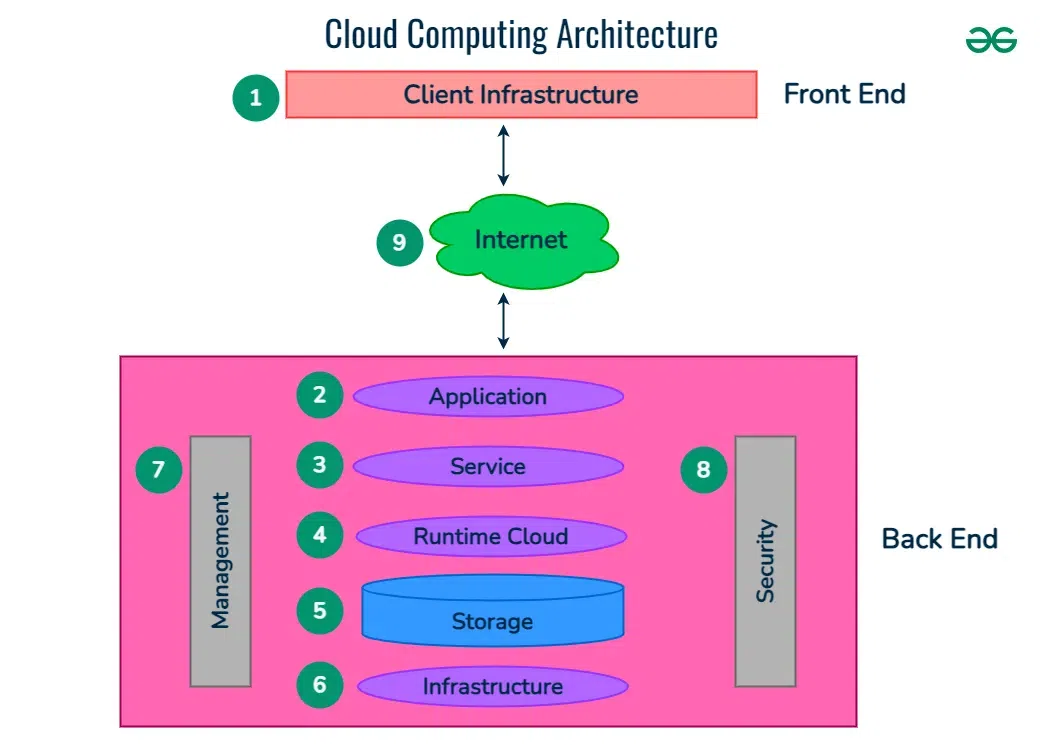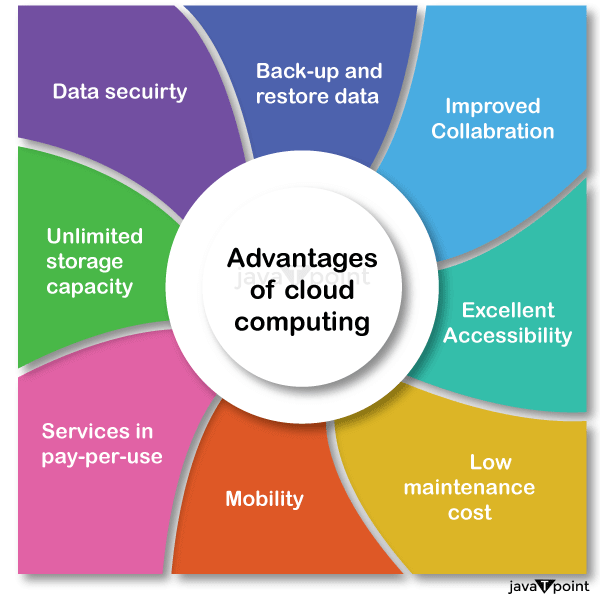Achieve Seamless Scalability With Cloud Provider
In the ever-evolving landscape of cloud services, accomplishing smooth scalability stands as a keystone for contemporary companies seeking to stay adaptable and competitive. The quest for smooth scalability with cloud solutions introduces a globe of possibilities for those willing to embrace the transformative power of vibrant resource administration.
Benefits of Cloud Scalability
Cloud scalability provides organizations the flexibility to dynamically adjust sources based on need, making sure ideal performance and cost effectiveness. Furthermore, cloud scalability advertises advancement and testing by enabling businesses to quickly evaluate brand-new ideas and scale them as required. Eventually, the advantages of cloud scalability expand past cost savings to include improved efficiency, agility, and technology.
Key Features for Scaling
Reliable scaling in cloud solutions relies upon key features that enable organizations to readjust resources dynamically based on demand. One necessary feature for scaling is flexibility, enabling resources to scale up or down in reaction to fluctuating workloads. This makes certain that organizations can satisfy efficiency needs without over-provisioning resources. An additional essential attribute is scalability, allowing systems to handle increased work by adding sources flawlessly. This attribute is vital for accommodating growth without endangering efficiency. Additionally, automation plays an essential role in scaling by automating the provisioning and de-provisioning of resources based on predefined plans. Automation reduces human treatment, enhances efficiency, and makes certain fast feedback to changing needs. Tracking and analytics tools are also important for scaling, giving insights into resource use, efficiency metrics, and potential bottlenecks. These devices allow organizations to enhance and make enlightened decisions source allotment for effective scaling. Generally, these key functions jointly empower companies to achieve seamless scalability in cloud solutions.
Implementing Auto-Scaling Approaches
To properly enhance source allotment and adapt to differing work, organizations have to purposefully carry out auto-scaling methods in their cloud services framework. Auto-scaling allows systems to automatically readjust the number of compute resources based on real-time demand. There are various auto-scaling approaches that companies can utilize, such as predictive scaling, which makes use of historic data to forecast future source needs, and reactive scaling, which replies to existing workload changes.

Finest Practices for Scalability
For organizations aiming to enhance their scalability in cloud services, executing ideal techniques is crucial for optimal performance and source administration. One secret finest practice is designing applications with a microservices architecture. This technique breaks down applications right into smaller, independent solutions that can be released, updated, and scaled independently, permitting greater adaptability and scalability.
One more crucial method is making use of containerization modern technology, such as Docker or Kubernetes. Containers make it possible for the product packaging of applications and their dependencies right into separated systems, making it easier to scale components independently and deploy them constantly throughout different settings.
In addition, applying automated release and infrastructure as code (IaC) can streamline scalability efforts (linkdaddy cloud services). Automation tools like Terraform or Ansible aid in provisioning and handling sources effectively, decreasing hands-on errors and making it possible for fast scalability
Additionally, keeping track of performance metrics, setting up notifies, and carrying out routine capability planning are important techniques to guarantee aggressive scalability administration. By sticking to these official source ideal practices, organizations can attain seamless scalability in their cloud services while enhancing performance and source usage.
Surveillance Efficiency Metrics
When evaluating the effectiveness of cloud services scalability, very closely monitoring performance metrics is imperative for ensuring optimum performance and source allowance. By continually tracking essential performance signs (KPIs) such as action times, latency, throughput, and resource usage, organizations can obtain important insights into the health and wellness and efficiency of their cloud here facilities. Keeping track of efficiency metrics enables the very early detection of potential traffic jams or concerns that can impact scalability, allowing proactive actions to be required to address them before they rise.

Conclusion
In verdict, accomplishing smooth scalability with cloud solutions is necessary for companies to maximize performance, enhance technology, and keep high performance levels during peak times. By leveraging the advantages of cloud scalability, executing auto-scaling approaches, making use of essential functions such as flexibility and automation, and complying with finest practices like application layout and efficiency tracking, services can effectively scale their systems while maximizing source application and efficiency.
The pursuit for smooth scalability with cloud services unveils a globe of opportunities for those eager to welcome the transformative power of dynamic resource monitoring.
Cloud scalability provides companies the flexibility to dynamically adjust resources based on demand, making sure optimum performance and expense performance. One more essential feature is scalability, allowing systems to deal with raised workload by including resources flawlessly.For organizations aiming to enhance their scalability in cloud solutions, applying best practices read is crucial for ideal performance and source monitoring.When examining the efficiency of cloud solutions scalability, carefully monitoring efficiency metrics is vital for guaranteeing optimum capability and source allowance.